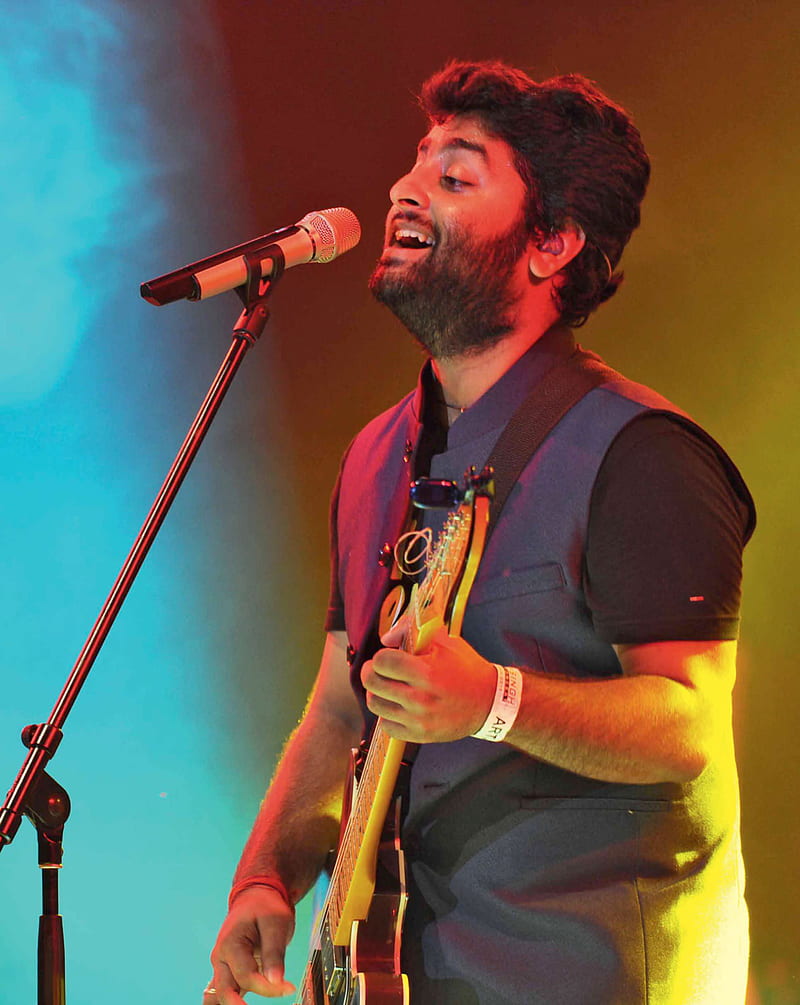Nepal’s capital city Kathmandu has witnessed several protests. People have been putting forth their anger and discontentment with the current government through these dissents.
The voices which were initially thought be RPP’s (Rashtriya Prajatantra Party) plot against the leading government but now, are being heard worldwide. The dissent march began from Bhrikutimandap and later closed into a gathering at Ratnapark open ground in the core of Kathmandu.
The Rashtriya Prajatantra Party which is also seen as a right-wing political party in Nepal demanded the authorities to declare Nepal a Hindu state and hold a referendum to restore the monarchy, which was abrogated almost a decade ago, in the nation.
The Rashtriya Prajatantra Party, driven by previous representative chief Kamal Thapa, coordinated a fourteen-day long Rashtriya Swabhiman Yatra from Mechi in the east to Mahakali in the west. Nepal was pronounced a secular state in 2008 after the accomplishment of the people’s movement of 2006 that saw the demolition of the monarchy.
What Are the Demands?
The enormous rallies saw the public reciting slogans for the Hindu government and the interest in the restoration of constitutional monarchy in the Himalayan Nation. The dissidents referred to the interest being legitimate for the nation's public solidarity and prosperity of the people.
Protestors were found carrying placards and banners bearing a photograph of Prithivi Narayan Shah, the founding father of current Nepal alongside national flags.
On November 10, a gathering with pennant "Nationalist Civic Society" arranged a show in Jamal of Kathmandu, requesting rebuilding of constitutional monarchy and declare Nepal a Hindu state. After two days, a gathering named Nepal Scholar Council held an exhibit in Biratnagar with similar requests.
Under the flag of Rashtriya Nagarik Andolan Samiti 2077, a similar exhibit was held (National Civic Movement Committee 2020). Comparable protests were arranged by Rashtriya Prajatantra Party in the Jhapa neighbourhood of occupant Prime Minister KP Sharma Oli in support of the monarch and monarchy.
What Is Constitutional Monarchy?
Like in the case of the UK, where the Queen rules the nation but it additionally has a prime minister who is voted by the people.
The Root of These Protests
The Nepalese Civil War during the 1990s and early 2000s brought about the foundation of the establishment of a secular republic in 2008, ending the world’s last and only Hindu monarchy.
The Nepalese Civil War was a conflict between the insurgent forces of the Communist Party of Nepal (Maoist) and the government forces. The situation was furthermore sabotaged by the 2001 Nepalese royal massacre. All these events shook peoples believes in a monarchy.
The Congress party of Nepal came into existence and people were attracted to the future and dreams promised to them by the party. The first and foremost thing the party did after coming to power was to the change the country’s name from The Kingdom of Nepal or Asal Hindustan to the Federal Democratic Republic of Nepal.
What Is Currently Happening?
Protesters shouted slogans against the Federal Democratic Republican System that Nepal acquired in 2008 after the annulment of the 240-year-old system of monarchy. From that point forward, Nepal changed into a federal democratic republic after the proclamation of a new constitution in 2015.
In 2017, the primary general elections were held after the promulgation charter gave a clear approval to a coalition of the then CPN-UML and CPN (Maoist Centre) occupant NCP which is currently in force.
Prime Minister KP Sharma Oli, who accepted the power with obligations to actualize the constitution, fortify federalism and great administration appears to have fizzled in these viewpoints.
According to the specialists in Kathmandu, the interest to restore the ruler has emerged because of bombed endeavours of current political groups to take into account the public interest.
The fights have restored, indeed after the democratic powers including the opposition and ruling groups neglected to satisfy hopes. Much of the nation just wasn't impressed with the way the present government functioned and were more frustrated by the government's approach to the pandemic.
To add to this, the failure of the government was evident in the way it handled debasement, and in actualizing federalism, opined the political onlookers.
Written by – Bhavana N
Edited by – Christeena George









Social